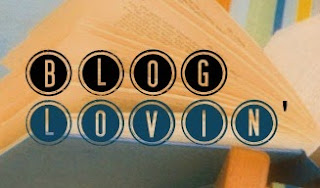As you probably all know, by tomorrow Google Reader will be gone. This has prompted me to claim our blog on Bloglovin' a few days ago. If you know me at all, you probably know what came next: endless fussing over what icon to use for the Bloglovin' widget in our sidebar. I don't really like the Bloglovin' icon and I also wanted something with a bookish theme. So I came up with a bunch of options for custom Bloglovin' buttons before settling on the icon you now see in our sidebar. And since we didn't get to use all those other options, I figured that some of our bookish friends might find them useful, so why not share? You can see all the icons I made below, some of them after the jump (ignore the white margins, those are added by Blogger).
How to use them: If you want to use one of these images as your icon, just grab it, resize it to your liking and upload it to Photobucket or any other image hosting service. (I recommend Photobucket because it's very easy to use AND it has editing options, so you can resize the picture, add rounded corners, add various effects etc. without having to re-upload.) Copy the direct link to your image and paste it instead of the link you now have after src=" in your Bloglovin' widget code. (See also instructions here.)
If you want different colors, different fonts, different text or whatever, just leave a comment and I'll edit the image for you or send you the original file to modify to your liking.
Oh, and do follow us on Booklovin'!
 |
| This is our current icon, but I suppose you can use it too :) |














